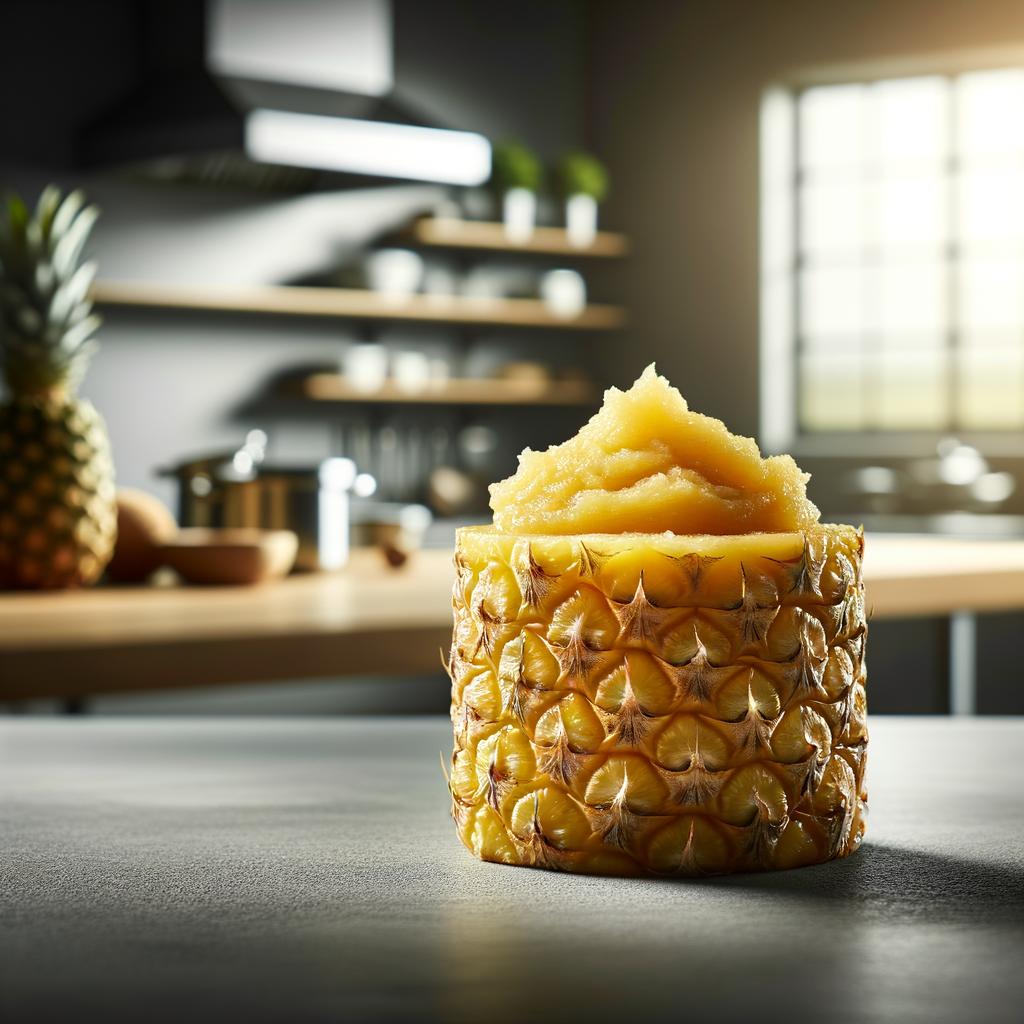Pineapple Filling

Description
Pineapple filling is a delightful concoction that brings together the tropical allure of pineapples, the sweetness of sugar, and the tang of citrus. It captures the essence of the golden fruit in a form that is versatile and easy to use. The filling is a luscious, thick, and slightly chunky mixture, boasting a vibrant yellow hue that mirrors the sun-kissed landscapes where pineapples thrive. Its flavor profile is a delightful dance between sweet and tart, with the natural acidity of the pineapple providing a refreshing counterpoint to the sugar's sweetness. What sets pineapple filling apart from other fruit fillings is its unique tropical flair and the delicate balance it strikes between sweetness and tanginess.
Primary Uses
Pineapple filling is a beloved ingredient in many culinary traditions. It's the star of the show in dishes like pineapple tarts, a popular treat in Southeast Asia during festive seasons. In Western cuisines, it's often used as a filling for pies, tarts, and pastries, adding a tropical twist to these classic desserts. It also finds its way into cakes, doughnuts, and even savory dishes, where its sweet-tart flavor complements rich, fatty meats. Beyond the culinary sphere, pineapple filling is sometimes used in home remedies for coughs and colds, thanks to the fruit's natural bromelain enzyme, which is known for its anti-inflammatory properties.
History
The story of pineapple filling is deeply intertwined with the history of the pineapple itself. Native to South America, the pineapple was a symbol of hospitality and wealth in the colonial era, owing to its exotic appeal and the difficulty of growing it in non-tropical climates. The invention of canned pineapple by a Hawaiian entrepreneur in the 19th century made the fruit more accessible, paving the way for pineapple filling to become a pantry staple. Over time, pineapple filling has been embraced by different cultures, each adding their unique spin to its use. The pineapple tart, for instance, has become a symbol of prosperity and good luck in Chinese New Year celebrations in Singapore and Malaysia.
Nutritional Information
Pineapple filling is not just a treat for the palate, but also a source of several nutrients. Pineapples are rich in vitamin C, manganese, and dietary fiber, and these benefits are carried over into the filling. However, it's worth noting that pineapple filling is typically high in sugar, so it should be consumed in moderation. Compared to other fruit fillings, pineapple filling offers a higher amount of vitamin C and the unique addition of bromelain, a digestive enzyme not found in many fruits. While it's not a substitute for whole fruit, pineapple filling can certainly add a tropical twist and a nutritional boost to your culinary creations.

